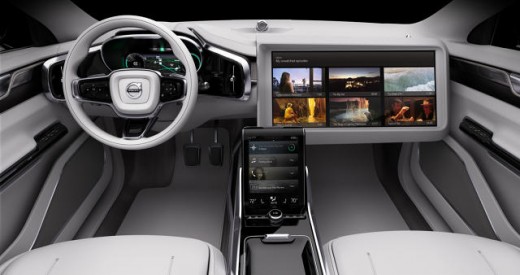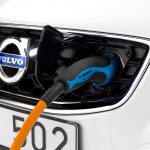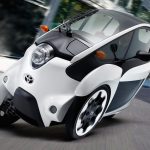Volvo Creates The Most Realistic Concept For A Self-Driving Car Yet
It’s not the snazziest self-driving car you’ve ever seen, but it’s grounded in something more important: reality.
We’ve seen self-driving cars that allow your family to play a board game, and offices on wheels that can move board meetings to the highway. We’ve even seen Google’s vehicle that has no wheel, and one that will turn several cars into one long train. But what we’ve seen very little of—in the concept space, at least—is the inevitable: self-driving cars that look like plain old cars.
And today at the Los Angeles Auto Show, Volvo has revealed just that: Concept 26 is an autonomous driving, four-door sedan interior designed to be built on top of Volvo’s existing SPA platform. In other words, with very few adjustments to the way Volvo designs and builds cars, Concept 26 could feasibly hit the road when Volvo starts testing autonomous vehicles in 2017.
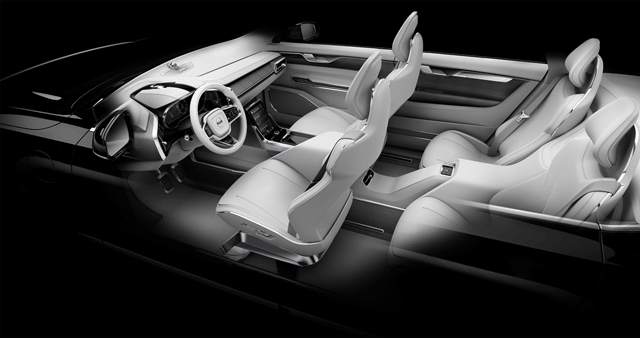
“When we started this project, we really saw that there were a lot of assertions people were making around autonomous driving that we felt…weren’t super realistic,” Tisha Johnson, lead designer of Volvo North America, says. “Rather than critiquing those, we focused on what really makes sense for people in the car, and the fact that autonomous drive is part of a complete experience that includes active driving.”
In turn, Concept 26 has three modes: Drive, Create, and Relax. In Drive, you sit at the steering wheel like any other vehicle. In Create, the driver’s seat kicks back a bit, a tray table folds out, and you can either work on your laptop, or watch a screen that appears on the front passenger’s dashboard. Then in Relax, the entire front seat leans way back, complete with support for your feet.
That front seat isn’t any old car seat, however. It looks like something more akin to a dentist’s chair than a typical driver’s seat, and for a good reason. “When you sit in a traditional seat in a car, your lumbar is supported, and everything is set up for that upright condition and that active driving,” Johnson says. “Any recline of the seat is like an added feature that’s helpful, but not what we designed for.”
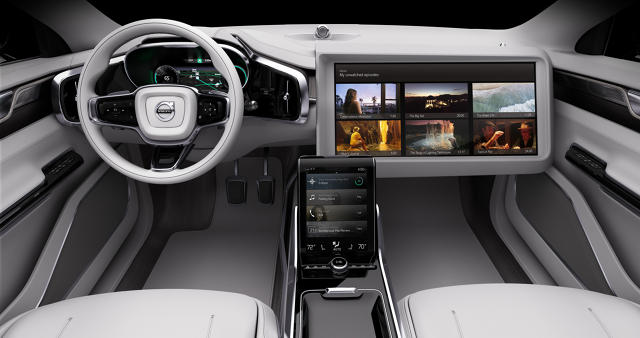
So in Concept 26, the seat has been designed specially to pivot around your hips in a way that makes sitting upright and laying back comfortable. The seat also sits quite high in its reclined mode—so high, in fact, that you can turn sideways to look out your side windows. “That’s important, because if you can see out the side window, you’ll naturally feel safer and more aware of your surroundings,” Johnson says. “That’s a big thing for us, as this tech is incorporated into a car, we want to help [drivers] feel confident about it.”
If there’s one critique to be made of Concept 26, it would be that it could be too conservative. Relaxing is fine, but where’s the zeitgeist? Where is our car that allows the seats to swivel, enabling a family of four to really spend time together, face-to-face, on their next road trip?
“You start looking at seats that are pivoting around and turning backwards, and in order to accommodate that, you have to have a double wide car, something that’s really not going to drive down the road like our cars can today,” Johnson says, adding later that, “When most people sit backwards in a car, or significantly sideways, they’ll get car sick.”
Volvo currently has no official plans to bring Concept 26 to market, but they have announced a goal of putting 100 autonomous vehicles on the road by 2017. Given that the design team worked hard to make Concept 26 so feasible, don’t be surprised if Volvo’s first self-driving car is more or less indistinguishable from what you see here.
[All Images: courtesy Volvo]
Fast Company , Read Full Story
(32)

